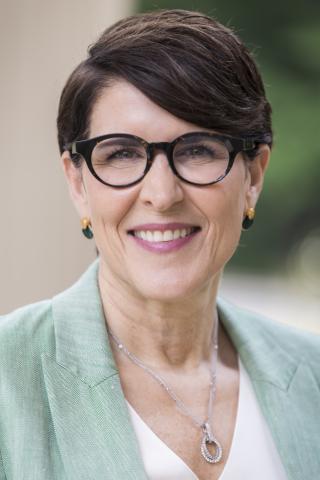State v. Mobley: Green Light to the Use of Substitute Analysts
Published for NC Criminal Law on November 04, 2009.
In previous posts [editor’s note: her prior posts are here and here] I have written about the developing North Carolina law on the use of substitute analysts after Melendez-Diaz. In writing about State v. Locklear and State v. Galindo, both of which rejected substitute analyst testimony, I noted a common feature of those cases that ... Read more
The post State v. Mobley: Green Light to the Use of Substitute Analysts appeared first on North Carolina Criminal Law.



